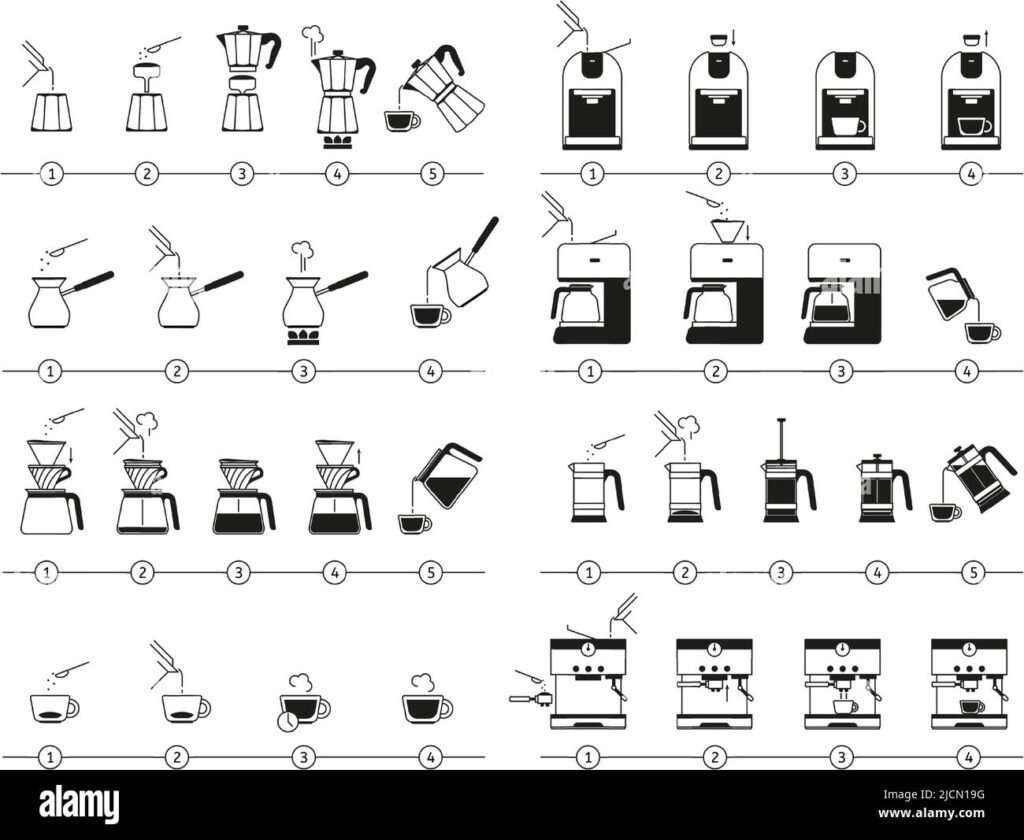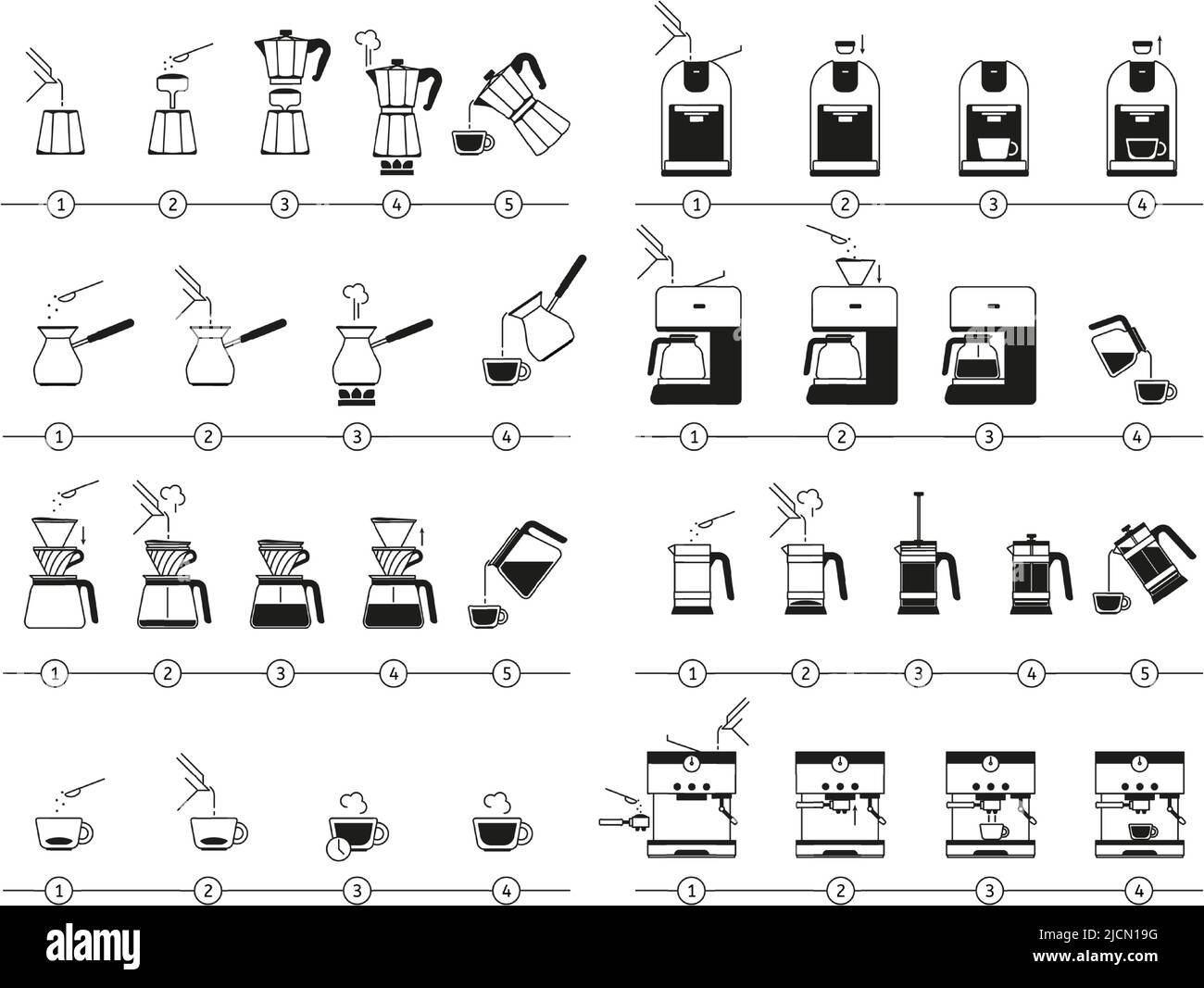
How Hot Do Coffee Pots Get? Unpacking the Science and Safety of Your Morning Brew
For many, the aroma of freshly brewed coffee is the quintessential morning ritual. But have you ever stopped to consider just how hot your coffee pot gets in the process of delivering that perfect cup? The temperature of a coffee pot is a critical factor, impacting not only the flavor of your coffee but also the safety and longevity of the appliance itself. This article delves into the science behind coffee pot temperatures, exploring the factors that influence them, and offering insights into safe and optimal brewing practices. We’ll be addressing the question: how hot do coffee pots get, and what does that mean for you?
The Science of Coffee Brewing: Temperature’s Critical Role
Coffee brewing is essentially a chemical extraction process. Hot water interacts with ground coffee beans, dissolving and extracting the flavorful compounds that we recognize as coffee. The temperature of the water is paramount because it dictates the efficiency and effectiveness of this extraction. Too cold, and the coffee will taste weak and under-extracted. Too hot, and you risk burning the coffee grounds, leading to a bitter and unpleasant flavor. Understanding the ideal temperature range is key to brewing a great cup of coffee.
The Specialty Coffee Association (SCA) recommends a brewing temperature between 195°F and 205°F (90.6°C and 96.1°C) for optimal extraction. This range allows for the complete and balanced extraction of the desirable compounds from the coffee beans, while minimizing the extraction of bitter or undesirable flavors. Most standard coffee makers are designed to operate within this range.
Factors Influencing Coffee Pot Temperature
Several factors influence how hot a coffee pot gets during the brewing process:
- Heating Element Design: The design and power of the heating element are fundamental. Some coffee makers use a simple heating plate, while others employ more sophisticated temperature control systems.
- Water Temperature at the Start: The initial temperature of the water used in the coffee maker will influence the final brewing temperature. Using cold water is generally recommended.
- Brewing Time: The length of time the water is in contact with the coffee grounds affects the temperature. Longer brew times can lead to higher temperatures, particularly in models without precise temperature control.
- Coffee Maker Type: Different types of coffee makers, such as drip coffee makers, French presses, and pour-over systems, utilize different heating methods and temperature control mechanisms. The type of coffee maker influences how hot the coffee pot gets.
How Hot Do Coffee Pots Get During Brewing? A Closer Look at the Numbers
The temperature of the water inside a coffee pot during the brewing cycle is not static. It fluctuates as the water is heated and interacts with the coffee grounds. As mentioned, the ideal brewing temperature generally falls between 195°F and 205°F. However, the temperature of the coffee itself in the pot can vary depending on the coffee maker’s design and the brewing cycle. This means the coffee pot itself, particularly the internal components in contact with the water, will reach these temperatures.
The heating element, which is responsible for bringing the water to the correct temperature, can reach significantly higher temperatures, potentially exceeding 300°F (149°C). This is because the element must generate enough heat to rapidly raise the water temperature to the brewing range. The design of the coffee pot, including insulation and heat distribution, plays a vital role in controlling the overall temperature and preventing overheating.
Maintaining Temperature After Brewing: The Warming Plate
Many coffee makers include a warming plate designed to keep the brewed coffee warm for an extended period. The temperature of these warming plates is typically lower than the brewing temperature, usually around 175°F to 185°F (79.4°C to 85°C). This temperature range is sufficient to keep the coffee warm without continuing to extract bitter flavors from the grounds. However, leaving coffee on the warming plate for too long can still lead to a decline in quality as the coffee begins to degrade.
Safety Considerations: Preventing Burns and Overheating
Understanding how hot coffee pots get is crucial for safety. Burns from hot coffee or steam are a common hazard. Here are some safety tips:
- Handle with Care: Always handle a coffee pot with caution, especially when it is full of hot coffee. Use the handle and avoid touching the hot surfaces.
- Keep Out of Reach: Keep coffee makers out of the reach of children and pets.
- Avoid Overfilling: Overfilling the coffee pot can lead to spills and potential burns.
- Unplug When Not in Use: Always unplug the coffee maker when not in use to prevent accidental operation or overheating.
- Regular Maintenance: Clean your coffee maker regularly to prevent mineral buildup, which can affect its performance and potentially lead to overheating.
The question of how hot do coffee pots get is directly linked to safety; understanding the temperatures involved allows you to take necessary precautions.
Coffee Maker Design and Temperature Control
The design of a coffee maker significantly impacts its ability to maintain the ideal brewing temperature. Higher-end coffee makers often incorporate advanced temperature control systems that precisely regulate the water temperature throughout the brewing process. These systems typically use thermostats and sensors to monitor and adjust the heating element output, ensuring that the water remains within the optimal brewing range. These features minimize the risk of over-extraction or under-extraction, resulting in a more consistent and flavorful cup of coffee.
In contrast, simpler coffee makers may rely on a basic heating element and a thermostat that activates when the water temperature reaches a certain point. While these models can still brew acceptable coffee, they may not offer the same level of temperature precision as more advanced models. As a result, the temperature in these coffee pots can fluctuate more, potentially affecting the final flavor profile.
Coffee Pot Longevity and Temperature
The extreme temperatures reached by coffee pots can influence their lifespan. Over time, repeated exposure to high heat can lead to the degradation of internal components, such as the heating element, wiring, and plastic parts. Regular cleaning and maintenance can help to prolong the life of your coffee maker. Additionally, choosing a coffee maker made from high-quality, heat-resistant materials can contribute to its durability. The question of how hot do coffee pots get is also relevant to the lifespan of your appliance.
Troubleshooting Coffee Maker Issues Related to Temperature
If you suspect your coffee maker is not heating properly, or if your coffee tastes consistently weak or bitter, there are several troubleshooting steps you can take:
- Check the Water Reservoir: Ensure that the water reservoir is filled to the appropriate level. A low water level can sometimes cause the heating element to malfunction.
- Descale Regularly: Mineral buildup from hard water can interfere with the heating element’s performance. Descaling your coffee maker regularly can help to remove these deposits and ensure optimal heating.
- Test the Heating Element: If your coffee maker is not heating at all, the heating element may be faulty. You can test the heating element with a multimeter to determine if it is functioning correctly.
- Consult the Manual: Refer to your coffee maker’s manual for specific troubleshooting instructions and maintenance recommendations.
The Impact of Altitude on Brewing Temperature
Altitude can also influence the brewing temperature. The boiling point of water decreases as altitude increases. At higher altitudes, water boils at a lower temperature, which can affect the extraction process. If you live at a high altitude, you may need to adjust your brewing parameters to compensate for the lower boiling point. This might involve using finer coffee grounds, increasing the coffee-to-water ratio, or adjusting the brewing time. The question of how hot do coffee pots get is further complicated by altitude.
Conclusion: Understanding the Heat in Your Coffee Routine
The temperature of a coffee pot is a fundamental aspect of the coffee brewing process. From the ideal brewing range of 195°F to 205°F to the safety considerations associated with hot surfaces, understanding how hot coffee pots get is essential for brewing great coffee and ensuring your safety. Factors such as the coffee maker’s design, brewing time, and altitude can all influence the temperature. By taking the necessary precautions and maintaining your coffee maker properly, you can enjoy a delicious and safe coffee experience every time.
[See also: How to Clean Your Coffee Maker, The Best Coffee Beans for Your Brewing Method, Coffee Brewing Techniques: A Comprehensive Guide]


